THE PSYCHOLOGY BEHIND YOUR BRAND COLOUR PALETTE IS IMPORTANT.
- Nikki McCaig

- Jun 29, 2022
- 3 min read

When establishing a brand for your business, choosing a colour palette is a pretty key part of the process. Your colour palette can help define your brand, frame your marketing strategy and be a key draw for your target audience. Where darker colours can appear more luxurious and elegant, pastel colours can present as more modern and fresh, providing a key message for your business without using words at all.
The human brain associates different colours with different feelings, emotions and messaging, and can even evoke particular memories and triggers in the mind. We recognise certain brands based on their iconic colour combinations, such as Mcdonald's, Coca Cola and Tesco, and we can all identify how those brand colours make us feel. They might make us feel hungry or thirsty, as we associate them with food and drink, or calm and comfortable as we approach a familiar, nostalgic shop.
So when it comes to selecting the colours behind your brand, it’s a good idea to try and extract the feelings and emotions you want your brand to evoke in your users. Do you want them to associate you with luxury and style and sophistication, or positivity, warmth and happiness? Does your brand need to represent the environment and eco-friendly messaging or do you want to translate peace and stillness through your marketing?
We’ve put together a little cheat sheet for the key emotions, feelings, messaging and associations each colour can evoke in your brand palette. Give it a read-through and try to select at least three colours you believe best represent your business:
RED
Associated with strong emotions and bodily sensations such as love, anger and passion. Red can inspire lust, increased appetites and a sense of strength and power, due to its connection with blood, movement and energy.
Popular ‘Red’ Brands: Coca-Cola, McDonald’s, KFC, Netflix and Nintendo
YELLOW
Yellow: Often identified with positivity, happiness and sunshine, yellow can help to inspire creativity, action and imagination. Yellow is also typically a fun colour, with confidence, impulsiveness and speed also linked.
PINK
A typically feminine colour, pink can be associated with calmness, kindness and love. Its natural connection to romance makes it a colour of compassion, nurturing and sweetness and is a popular choice for businesses in both the creative fields and food and drink.
Popular ‘Pink’ Brands: Barbie, LG, Baskin Robbins, Thursday and Victoria’s Secret.
ORANGE
A vibrant, energetic and bouncy colour, orange encourages feelings of enthusiasm, stimulation, friendliness and rejuvenation. It can also connect to images of security, safety and shelter, making it a popular choice for brands looking to share these feelings with their audiences.
Popular ‘Orange’ Brands: EasyJet, Fanta, Nickelodeon, Amazon, Mastercard and Penguin.
GREEN
Green is a refreshing, soothing and natural colour, generally associated with the environment, sustainability and eco-friendly messaging. Green can inspire messages of security, positivity, hope and health, alongside feelings of vibrancy, harmony and tranquillity.
BLUE
Widely recognised as being linked to both the sky and the seat, blue is a popular colour associated with peace, relaxation, comfort and coolness. It can bring about feelings of both serenity and sharpness depending on the depth of shade.
PURPLE
Purple has often been recognised as a royal colour, connected to power, luxury and nobility. Some connect purple with romance, elegance and sophistication but many believe that too much purple can ignite feelings of anger and frustration.
Popular ‘Purple’ Brands: Cadburys, Yahoo, Taco Bell, Hallmark, Premier League and Zoopla
WHITE
Commonly associated with purity, innocence and cleanliness, white is the colour of fresh starts, new beginnings and rebirth. Often related to the feeling of minimalism, space, clarity and hope, it’s a popular choice for brands and businesses wishing to demonstrate transparency and cleansing.
BLACK
A strong, powerful and bold colour, black is associated with mystery, clean lines, business and authority. It can also be considered the colour of sophistication, wealth and strength. Black, however, can often be linked to emotions of mourning, grief, sadness and unhappiness.
Popular ‘Black’ Brands: Uber, Vans, Nestle, HBO and Dolce and Gabanna.
–
So when choosing your colour palette, choose wisely and let emotion and psychology be the driving force behind your brand.
If you need help creating your branding and marketing strategy for your business, drop us a message today and let's start your project!
#CreativeAgency #DesignAgency #DigitalMarketing #LVETHT #Marketing #SocialMediaMarketing #SocialMedia #AttractingNewCustomers #NewLeads #BusinessLeads #BusinessProspects #NewCustomers #CustomerOutreach #Collaborations #PPC #SEO #MarketingPerson #Branding #ColourPallette





“From fast food to fine dining, UK Menu All has it all!” https://ukmenuall.com